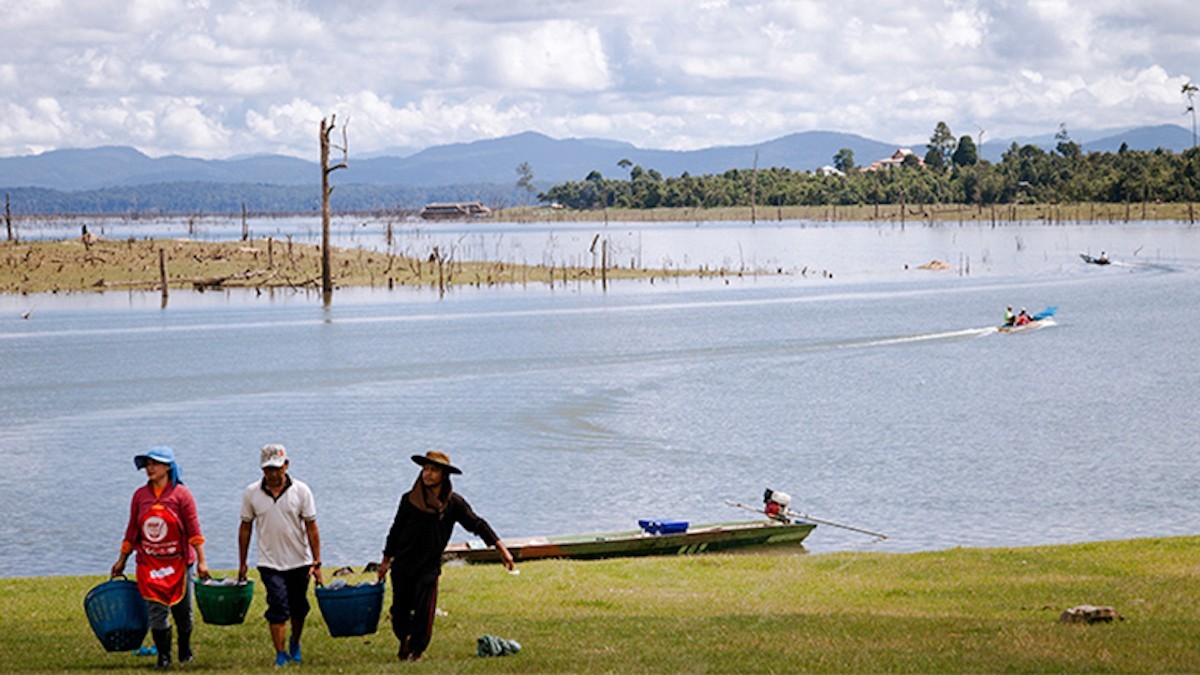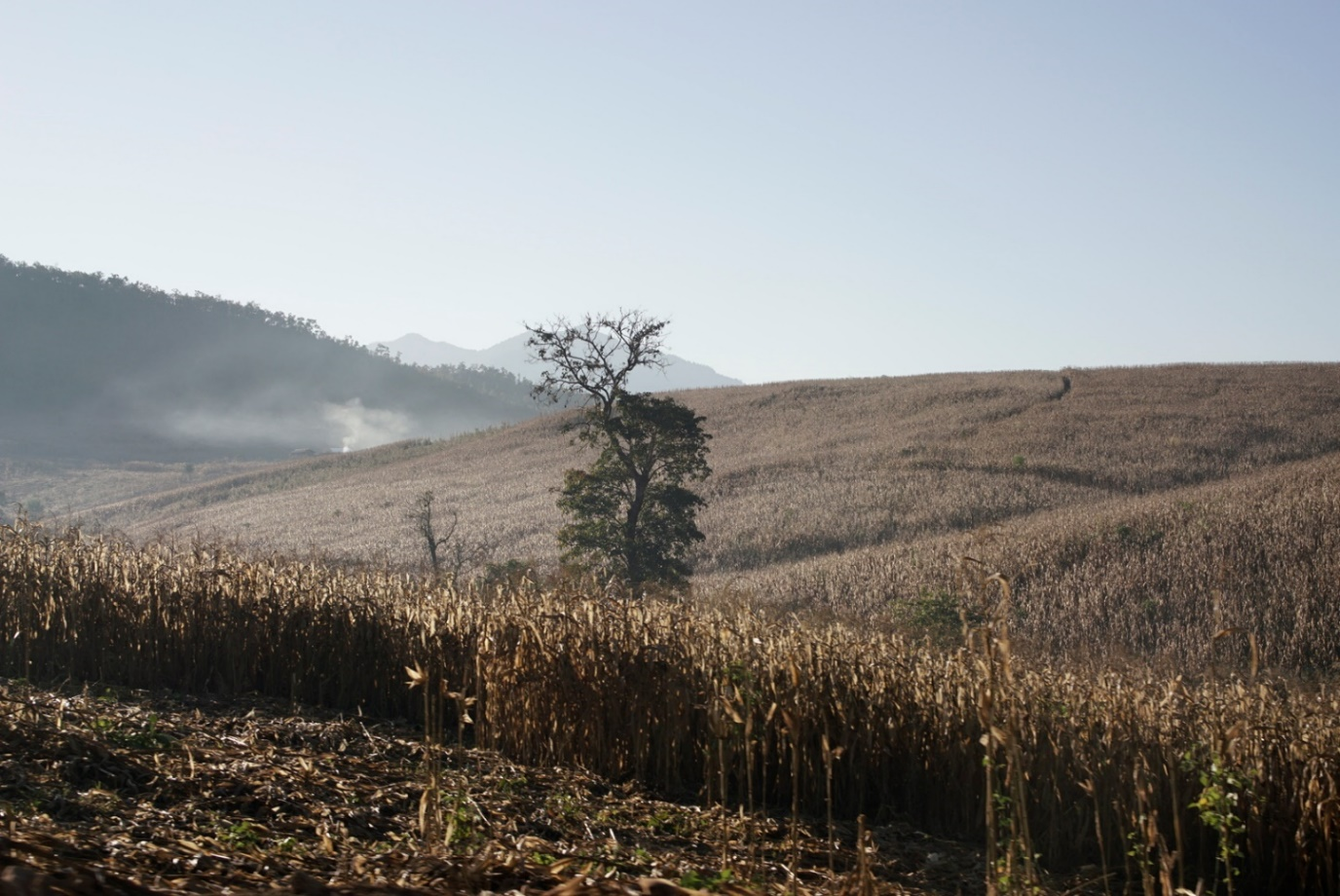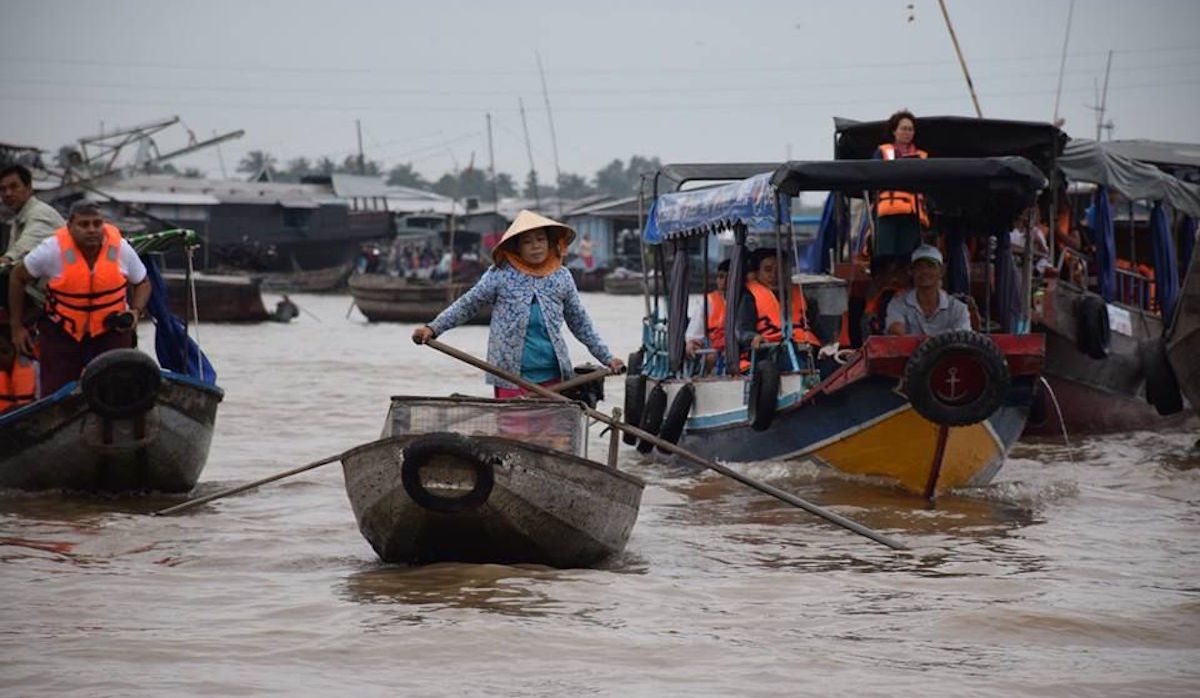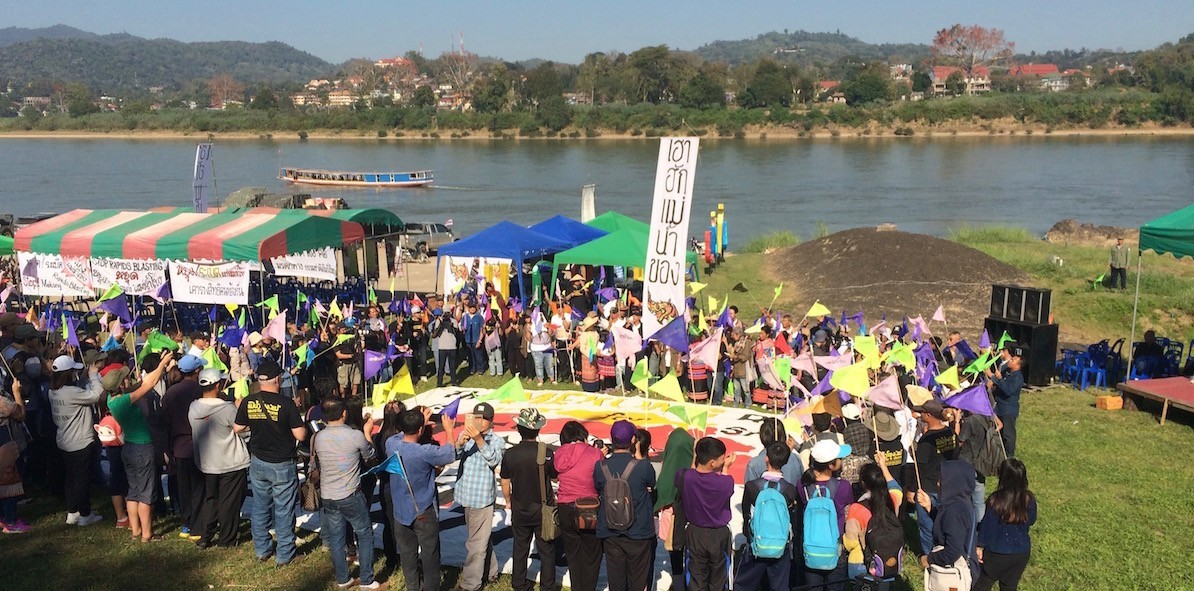The global rise of environmental activism against large dams in the 1990s has been increasingly countered in the new millennium through the promotion of so-called “sustainable hydropower.” The World Bank-funded US$1.4 billion Nam Theun 2 dam in central Laos on the Mekong River was supposed to serve as showcase of this better kind of dam.
But seven years after the massive hydropower facility commenced operations in 2010 the same problems and flaws that sparked protests and plagued the reputation of an earlier generation of dams have cropped up again around Nam Theun 2, also known as NT2.
The World Bank’s reversion to the promotion of hydropower projects after years of withering criticism of previous projects centered on its approval of the NT2 dam in 2005. The multilateral lender pushed back against anti-dam movements and aggrieved communities by staking out a new paradigm supposedly based on a best practice approach of good governance, transparency and stakeholder consultation.





